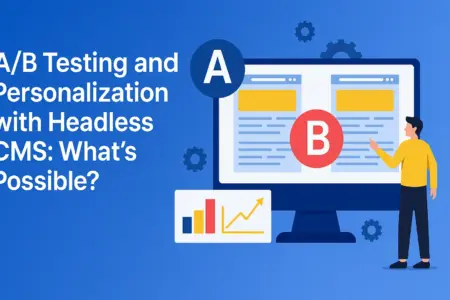Despite almost everything becoming digital in recent years, many healthcare facilities still rely on traditional fax machines to send and receive documents. However, this is not necessarily the best option for today’s healthcare facilities, so it is important for providers to consider making the switch to a digital faxing solution. This can allow them to securely and easily fax patient records when needed.
Why is Faxing Still Used?
Though almost everything has become digital in recent years, faxing patient records is still commonly done with a fax machine due to its universal use. Whether or not a company has made the switch to digital, it can still send and receive faxes. Additionally, fax machines are typically considered HIPAA-compliant, and they are compatible with all systems, so there’s no need to worry about compatibility when trying new software. Though faxing via a fax machine has been the standard in healthcare facilities for many years, there is a growing switch to digital faxes.
Switching to Secure Digital Faxing
There are numerous reasons why healthcare facilities are making the switch to secure digital faxing, including the following.
- HIPAA-Compliant – Digital faxing with the right provider is highly secure and compliant with HIPAA guidelines.
- Audit Trails – Digital faxing makes auditing easier with records that are automatically created when faxes are sent and received.
- Seamless Integration – It’s easy to integrate digital faxing into the workflow, and it works with every healthcare system.
- Remote Access – Digital faxing allows for remote access, so faxes can be sent and received from anywhere.
Benefits of Patients and Providers
There are a number of benefits for patients and providers when the healthcare facility opts to use digital faxing. Some of those include the following.
- Faster Treatment Decisions – Since documents can be sent faster from anywhere, it allows for faster treatment decisions that can positively impact the care patients receive.
- Improved Accuracy – Easily being able to transmit documents allows for improved accuracy. It also helps to cut down on manually entering data, which can lead to mistakes.
- Enhanced Patient Trust – Patients are more comfortable with how their information is handled when it’s being sent through secure digital methods instead of faxed on a traditional fax machine.
Barriers to Digital Faxing
It is important for healthcare facilities to be aware of the barriers to digital faxing. In most cases, these are minor and easily solved as long as the provider knows to expect them.
- Cost of Switching – It does take some money to start working with a vendor, though the costs can be minimal. On top of this, though, it’s important to consider the cost of training employees to use the new system.
- Resistance to Change – Many healthcare professionals are used to using a traditional fax machine and may be resistant to the change. However, taking time when transitioning can help make the change smoother.
- Choosing a Vendor – It’s crucial to find the right vendor to make sure everything is HIPAA-compliant and that the system is easy for everyone to use.
Healthcare facilities today have made the switch to digital for most tasks, but there are still some leftovers from prior times, like the fax machine. However, it can be incredibly beneficial to consider switching to a digital fax solution. Take a look at vendors today to learn more about what they offer and why making the switch could be a good idea.



